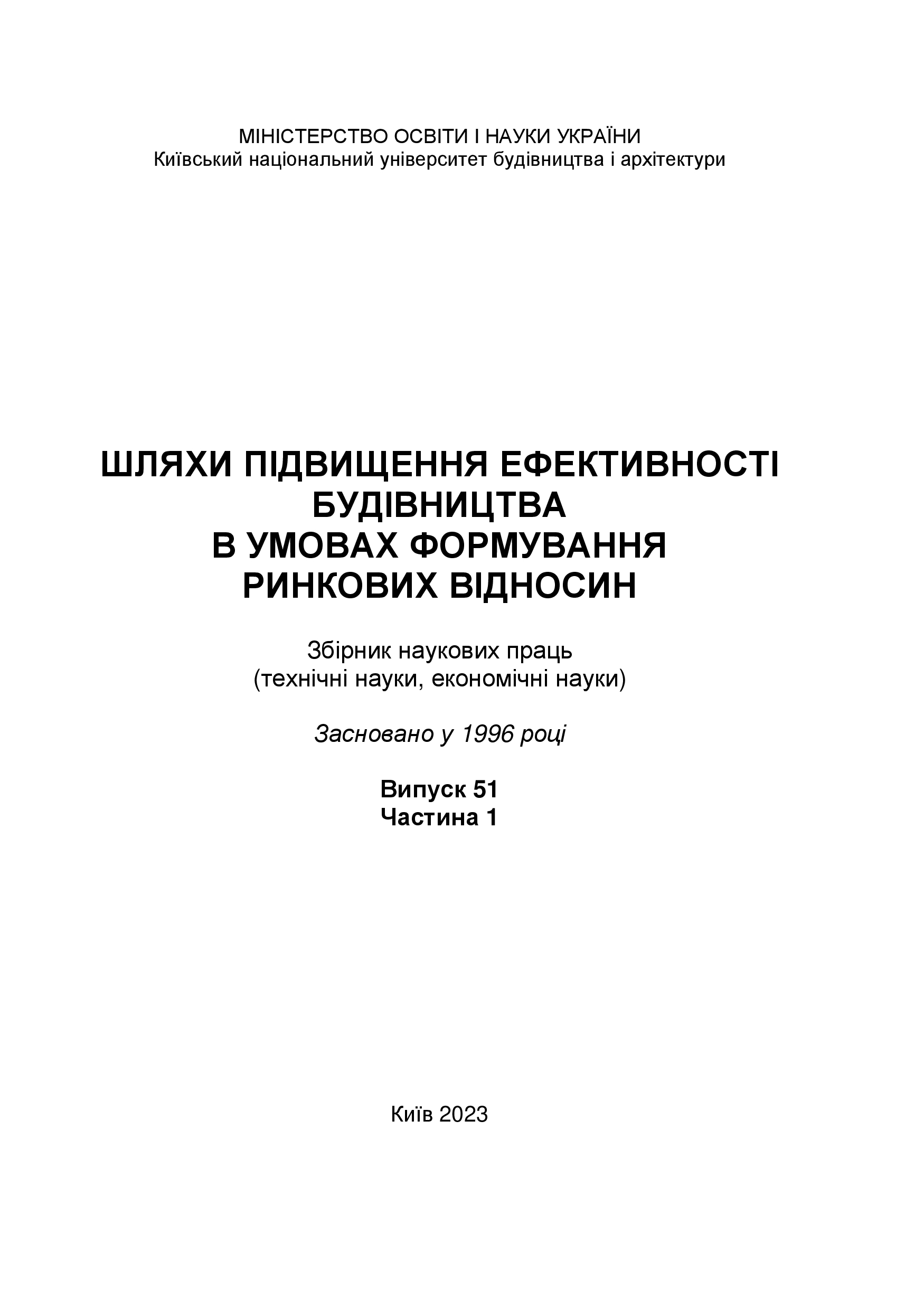Analysis of methods of assessing the risk of investment projects in the aspect of recovery of the national economy
DOI:
https://doi.org/10.32347/2707-501x.2023.51(1).52-73Keywords:
risk assessment, quantitative and qualitative methods of risk assessment, risk assessment and analysis methodology, sensitivity analysis, investment, investment project, cash flow destabilizers, fuzzy relationsAbstract
Qualitative and quantitative methods of risk assessment of enterprise investment projects and features of their use are considered. A brief overview of modern risk assessment methods is presented, their advantages and disadvantages are indicated. Disadvantages of existing methods include the need for large volumes of reliable source information over a long period of time (statistical method); difficulties regarding the laws of distribution of the studied parameters (factors) and resulting indicators (statistical method, simulation modeling); isolated consideration of a change in one factor without taking into account the influence of others (sensitivity analysis, stability testing method). Fuzzy logic methods are not devoid of subjectivity in assessing the degree of acceptance of a particular consequence caused by the appearance and intensity of prerequisite factors.
The value of the elasticity coefficient for the indicators of the investment project was studied and those that require increased attention during the implementation of the investment project in order to reduce the level of risk were determined. The need to use the method of sensitivity analysis of performance indicators in the process of implementation of the investment project to assess risk in order to reduce its level and minimize or avoid it is justified. losses, which allows you to determine the most risky initial factors of the project, which contribute to an increase in risk, and therefore negatively affect the final results of its implementation (NPV), and methods of fuzzy logic, which make it possible to combine qualitative and quantitative methods of assessing the risks of capital investments and contribute to the justification of expected loss of cash flows, despite doubts about the effects of various destabilizing factors of the mega, macro- and microeconomic environment. The author's methodical approach to assessing the loss of cash flows from capital investments in the conditions of hostilities in certain regions of Ukraine is proposed. The basis of the developed approach is the elements of the theory of fuzzy sets, in particular operations on fuzzy relations.
References
Список літератури:
Бланк И.А. Инвестиционный менеджмент: учеб. курс. К.: Ніка Центр. 2001. 448 с.
Гулик Т. В., Кербікова А.С., Дрофа Є. А. Аналіз наукової інформації та критичний аналіз наявних методичних положень про вплив ризику на ефективність інвестицій. Науковий вісник Ужгородського національного університету. Серія : Міжнародні економічні відносини та світове господарство. 2018. № 18(1). С. 133–136.
Дяк О.В., Лазаренко І.С. Моделювання оптимального розподілу коштів для зменшення інвестиційних ризиків в умовах трансформаційної економіки. Економічний вісник Національного технічного університету України Київський політехнічний інститут. 2018. № 15. С. 577–584.
Іщенко І.С. Ризики інвестиційних проєктів. Науковий вісник Полтавського університету економіки і торгівлі. Серія : Економічні науки. 2018. № 5. С. 91–98.
Казакова Н.А., Прав Ю.Г., Марушева О.А., Шолом А.С. Застосування кількісних та якісних методів для оцінки ризиків будівельно-их проєктів. Вісник економіки транспорту і промисловості. 2018. № 61. С. 150–160.
Крет І.З., Петрушка Т. О. Інвестиційний ризик та його вплив на напрями інвестиційної діяльності підприємства. Причорноморські економічні студії. 2018. № 28(1). С. 160–164.
Кучменко В.О., Загоровська В.В. Інвестиційні ризики в економічній системі підприємства. Вісник Житомирського державного технологічного університету. Серія : Економічні науки. 2017. № 2. С. 124–127.
Майорова Т.В. Інвестиційна діяльність: : навч. посібник. К.: Центр навчальної літератури. 2004. 376 с.
Мойсеєнко І.П. Інвестування : навч. посібник. К.: Знання. 2006. С. 95–102.
Нахкур Т.Ф. Напрями підвищення ефективності механізмів державного управління ризиками у процесі регулювання інвестиційної діяльності у будівництві. Аспекти публічного управління. 2018. № 6, № 4. С. 26–31.
Солодовник Г.В., Безлюдня Г.Л. Кількісний аналіз ризиків у інвестиційній діяльності. Молодий вчений. 2018. № 2(1). С. 428– 432.
Стецюк П.А. Управління ризиками фінансування інноваційно-інвестиційної діяльності підприємств. Економіка. Менеджмент. Бізнес. 2017. № 3. С. 13–19.
Meresa M. The Effect of Strategic Management Practices on the institutional Performance; the case of Dedebit credit and saving institution in Eastern Tigray. SocioEconomic Challenges. 2019. № 3(3). P. 80–97.
Гойко А. Ф., Міхельс В. О., Вахович І. В., Бондар В. П., Корінько Н.Д.. Оцінка економічної ефективності інвестицій з урахуванням одного критерію. Економіка будівництва. 2006. (2), 28-36.
Musa H., Musova Z., Sliacky P. Financial Support to Small and Medium-Sized Enterprises in Slovakia. Financial Markets, Institutions and Risks. 2017. № 1(4). P. 47–52. DOI: 10.21272/fmir.1(4).47- 52.2017.
Downloads
Published
How to Cite
Issue
Section
License

This work is licensed under a Creative Commons Attribution 4.0 International License.
Authors who publish with this journal agree to the following terms:
- Authors retain copyright and grant the journal right of first publication with the work simultaneously licensed under a Creative Commons Attribution License that allows others to share the work with an acknowledgement of the work's authorship and initial publication in this journal.
- Authors are able to enter into separate, additional contractual arrangements for the non-exclusive distribution of the journal's published version of the work (e.g., post it to an institutional repository or publish it in a book), with an acknowledgement of its initial publication in this journal.
- Authors are permitted and encouraged to post their work online (e.g., in institutional repositories or on their website) prior to and during the submission process, as it can lead to productive exchanges, as well as earlier and greater citation of published work (See The Effect of Open Access).

